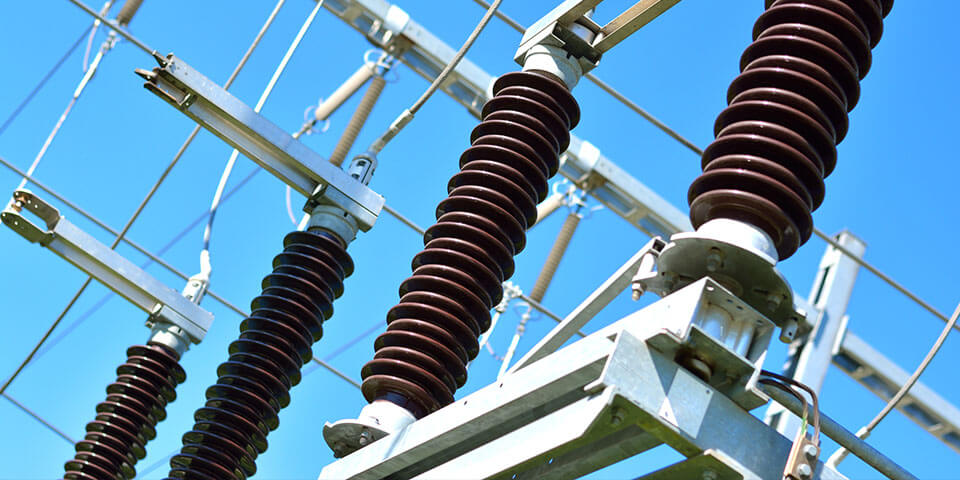

In electrical systems, managing heat is a constant challenge. The materials you choose to insulate electrical systems must retain their strength and functionality under high temperatures and other stresses. The key to selecting the right insulation lies in understanding thermal classifications — a standardized system that defines the maximum temperatures insulation materials can endure. These electrical insulation classes indicate how well a material can handle heat under different conditions.
Failing to select the appropriate insulation class may cause components to overheat, degrade or even fail, leading to inefficiencies and potential safety hazards. Whether you’re working with motors, transformers or home appliances, knowing the correct insulation class temperature is crucial for reducing downtime, enhancing system efficiency and ensuring the longevity of your equipment.
The National Electrical Manufacturers Association (NEMA) provides a standardized thermal classification framework frequently used in North America. Other international standards, such as the International Electrotechnical Commission (IEC 60085) and Underwriters Laboratories (UL 1446), define these classes slightly differently but with a similar goal. The classifications below follow NEMA and IEC standards.
IEC 105, or Class A, insulation includes materials like treated cotton, silk and paper enhanced with dielectric oils or varnishes. With a maximum operating temperature of 105 degrees Celsius, Class A materials were once prevalent in early motors and generators. Today, manufacturers use these materials in low-heat applications, such as household appliances and basic industrial equipment with minimal thermal performance requirements.
Materials in this class have a maximum temperature tolerance of 130 degrees Celsius. Materials like mica and fiberglass with resins or binders like epoxy, alkyd or polyurethane are common in this category. These materials provide improved resistance to heat, moisture and mechanical stressors, making them a common choice in industrial motors, transformers and generators that operate in environments with moderately high thermal demands.
Class F insulation can withstand temperatures up to 155 degrees Celsius. This class is typically used in more advanced electrical applications, including automotive components, high-efficiency motors and power generation systems. The insulation materials in this category build upon the materials in Class B with additional high-temperature binders, such as modified polyester, silicone elastomers or epoxy resin. They perform well in both high-temperature and high-stress environments.
With a maximum temperature tolerance of 180 degrees Celsius, Class H insulation materials, like fiberglass and mica with silicone binders, can maintain their insulating properties under harsh operational environments. These materials thrive in high-voltage equipment and systems that must endure extreme thermal conditions, such as aerospace systems, industrial inverters and heavy-duty motors.
Class C is not a designated insulation class within NEMA’s thermal classes, but these materials maintain structural integrity and dielectric strength in temperatures above 180 degrees Celsius as per IEC specifications. Class C insulation systems can include advanced materials like polyimide, polytetrafluoroethylene (Teflon), high-grade ceramics and, in some cases, aramid paper like Nomex®. They are essential in precision electronics, aerospace, automotive and other high-voltage or high-frequency applications.
Choosing the correct thermal class requires a detailed evaluation of several key factors:
Selecting the correct insulation class starts with understanding the system’s full thermal environment. NEMA and IEC electrical insulation classes often assume a reference ambient temperature of 40 degrees Celsius. Service factor and altitude also play a role.
Two critical temperature values guide insulation class selection:
To estimate the required insulation class, add the ambient temperature to the system’s expected temperature rise, accounting for hot spots. These are localized zones where heat concentration is highest. These points often determine the true thermal load on the insulation. Exceeding the maximum temperature threshold for a thermal class can lead to accelerated aging, material breakdown or electrical failure.
Specific material properties directly affect thermal performance and insulation efficiency. Dielectric strength, chemical stability and mechanical integrity vary widely between insulation materials, influencing their suitability for various applications.
For instance, materials like Nomex® aramid paper and polyimide films have exceptional thermal resilience, high dielectric properties and structural durability under continuous thermal exposure. However, they may be more expensive than materials with relatively lower thermal stability, such as fiberglass. Engineers must balance these and other factors to choose a material that can withstand the operational conditions and maintain its insulating properties and long-term performance.
Incorrect insulation class choices may lead to increased electrical hazards, such as fires, system inefficiencies and avoidable maintenance costs. By matching the thermal performance of the insulation with the demands of your system, you can maintain optimal performance, prevent premature aging and minimize safety risks.
Here’s a step-by-step guide to help you choose the best insulation for your applications:
The following tips will help you avoid common mistakes when establishing the insulation thermal class for your components:
Choosing the correct thermal class for your electrical insulation is critical to maintaining your systems’ performance, safety and longevity, whether you’re designing new components or replacing old insulation. At American Micro Industries, we specialize in computer numerical control (CNC) machining and laser and die cutting of electrical insulation materials across all categories — from Class A components to high-temperature Class C applications. Our team works closely with manufacturers to identify material needs, model custom parts using CAD and deliver results that perform under pressure.
With no minimum order requirements, fast turnarounds and a wide inventory of high-performance materials like aramid paper, polyimide and phenolics, we help customers solve complex challenges with tailored insulation solutions. Request a free quote today to learn how we support your electrical insulation needs.